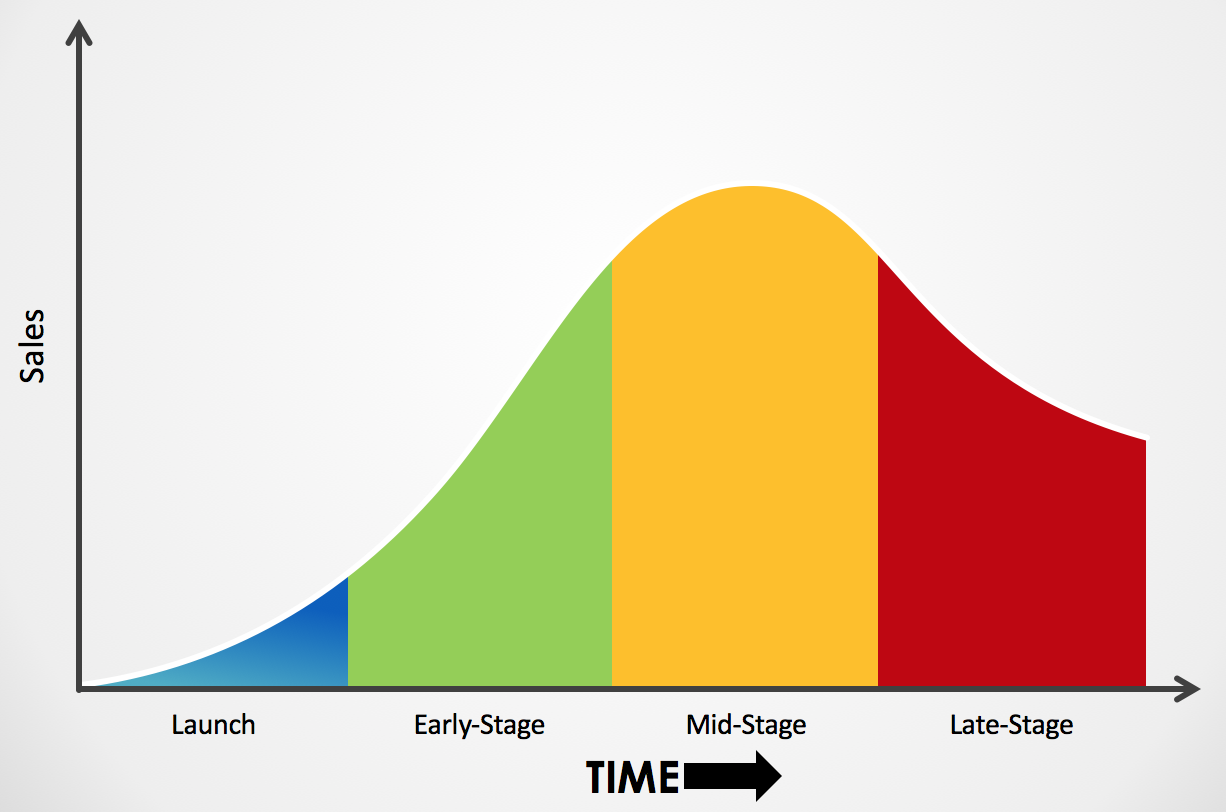Pricing Powerfully: Where are you on the Pricing Capability Grid
 PriceBeam
·
3 minute read
PriceBeam
·
3 minute read
Essentially, a strong pricing strategy consists of two components: setting the right price and getting the right price.
Setting the right price (your price orientation) means that you have a pricing strategy that will maximize profits: that is, a value-based pricing strategy where the price is set according to your customers willingness-to-pay, understanding their value-drivers, and continuously developing your product to create additional customer value and increase willingness-to-pay.
Setting the right price won't help you even a bit, if your customers end up paying an alternative price. And especially in the B2B-industry, this is often the case due to salespeople trying to meet sales targets, poor negotiation skills of salespeople, and inefficient financial incentives, i.e. basing performance evaluation on revenue rather than profits. You need to be able to realize the price you set, too.
A useful framework for assessing the power of your pricing strategy, is the pricing capability grid developed by Andreas Hinterstuber and Stephan Liozu: 
(From MIT Sloan Management Review: http://sloanreview.mit.edu/article/is-it-time-to-rethink-your-pricing-strategy/)
The "White Flag Zone"
If you're in this zone, your pricing strategy is very weak. You use cost-plus pricing; that is, calculate your costs and add a fixed markup. This is problematic, as your costs are completely irrelevant to the customer; there is no direct correlation between the cost you incur, and the value your customer gets from purchasing your product, and so, your price will not be aligned with their willingness-to-pay. Consequently, you will most likely lose out on substantial profits by pricing too low, or have low sales because you price too high.
Furthermore, you will not have any clear strategy for your discounting. Generally, this entails too many discounts are given to customers that would have paid a much higher price; or a sale is lost, because a discount is not granted, despite a small price decrease could have closed the deal.
The "Value Surrender Zone"
In this zone, you got a great pricing strategy that is based on your customer's value-perception, and thus, his willingness-to-pay. Good for you! But as noted above, this will not help you, if your pocket price is far from this price point due to poor discounting practices. Your salespeople are not incentivized correctly, which leads to suboptimal discounting because they want to close as many deals as possible, generate revenue rather than profit, or simply, because they are low in ability. You already have a great pricing strategy; now it's time to reap the rewards by optimizing your discounting!
The "Zone of Good Intentions"
This is the zone where you find companies with high-skilled personnel that acknowledge the importance of both price setting and price getting, have fairly advanced systems in place to ensure that both processes are optimized, but at the same time, the optimization is done using suboptimal practices, i.e.competitor-based pricing. This is typically due to industry norms, firm traditions etc., or failure to realize the applicableness of better practices.
The "Price Capture Zone"
In this zone, you have solid discounting practices, monitored by systems that ensure discounts are only granted when needed. The list prices are almost fully realized, but the list prices themselves are not set optimally. If you have proper discounting in place, this is an easy picking, and much easier than if it were the other way around as in the Value Surrender Zone. Time to set a proper, value-based pricing strategy then!
The "Pricing Power Zone"
This is where you want to be! Great price setting, which you manage to realize and reap the rewards from! On top of having best-practice pricing in place, these companies tend to be very confident in their products, which is generally a good sign, too. If you discount too frequently, it can be a red flag suggesting that your product is not very great quality, and then your pricing is not your biggest concern.
Summary: What to do if you're not in the Pricing Power Zone
This framework is, of course, merely a guide to help you identify points of improvement. Chances are you will not be able to identify 100% with any of the characteristics outlined above. But regardless of what zone you're in, PriceBeam has extensive helping companies optimizing their price setting, and partners with leading experts in helping companies manage their discounts.
Let's have an informal chat about how we can help you get into the pricing power zone: Talk to a PriceBeam expert
.png?width=400&height=100&name=PBLogoTransparent%20(1).png)



